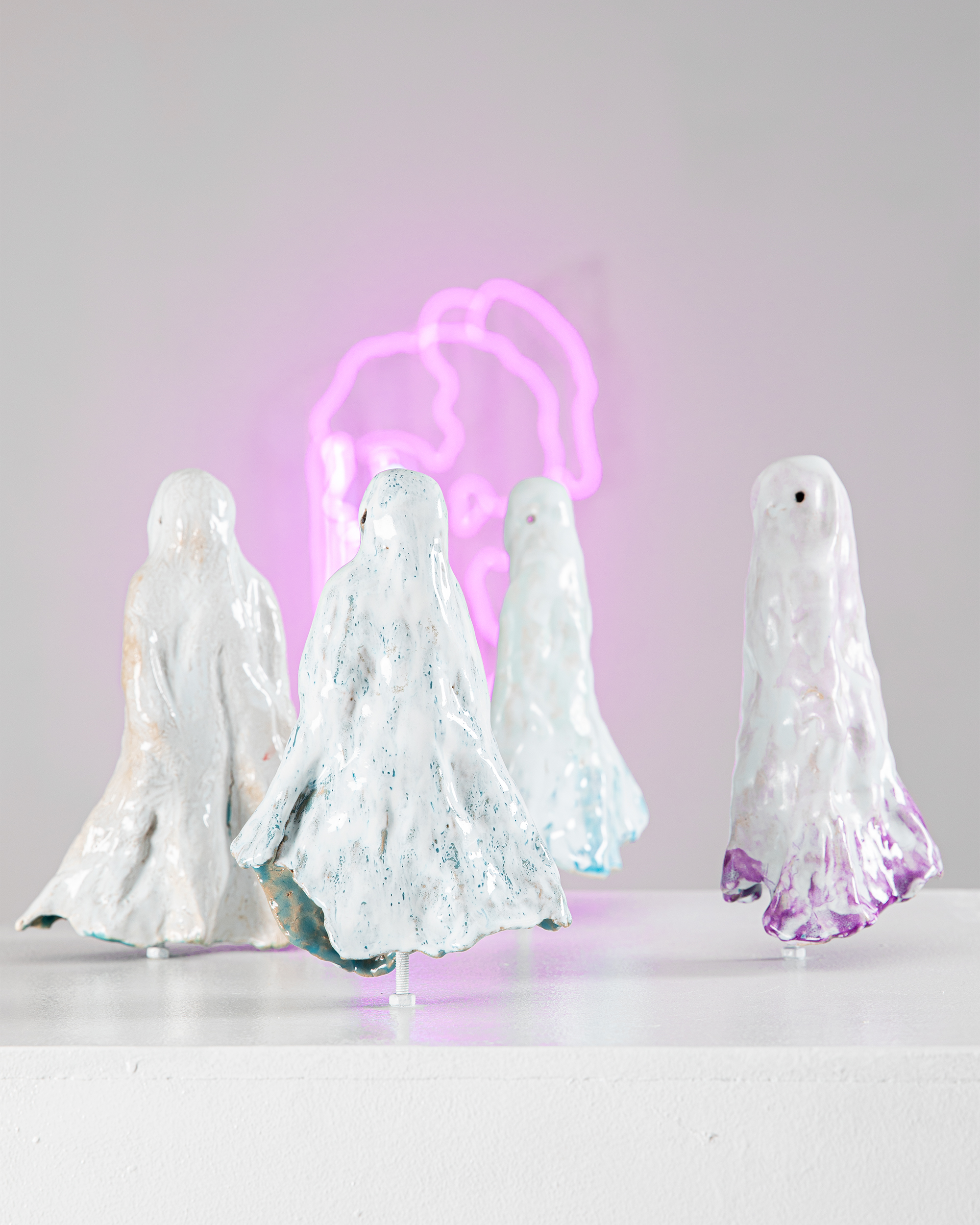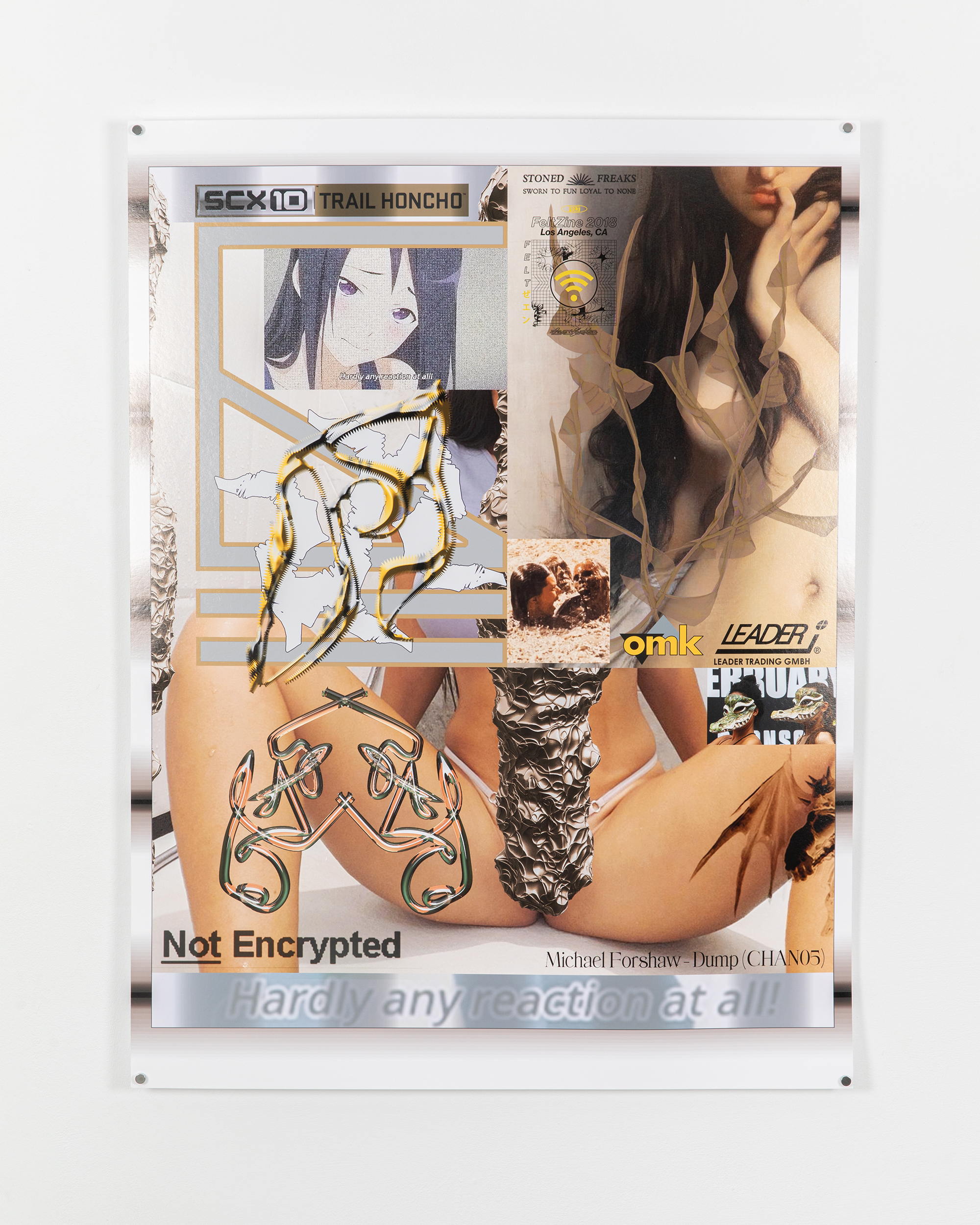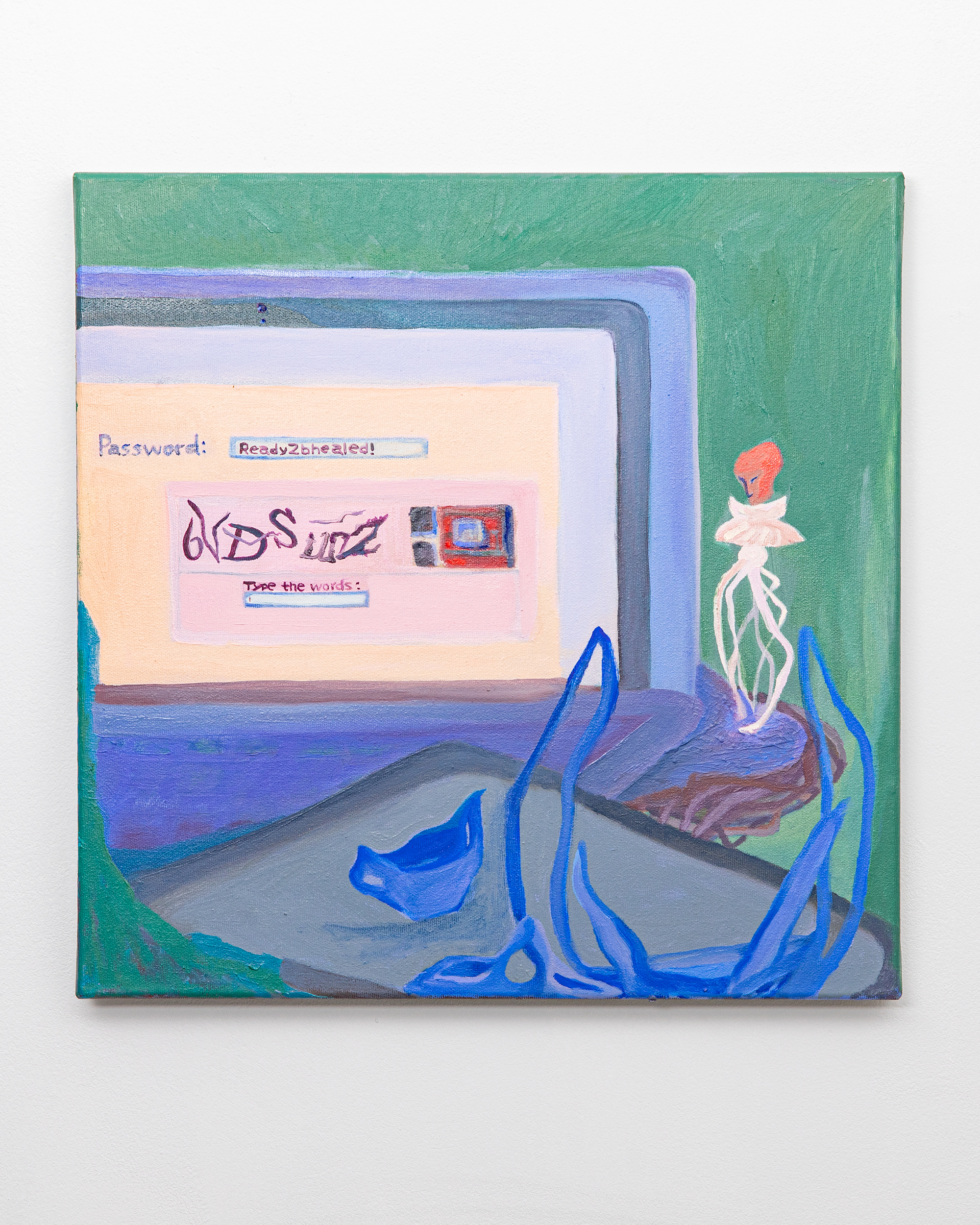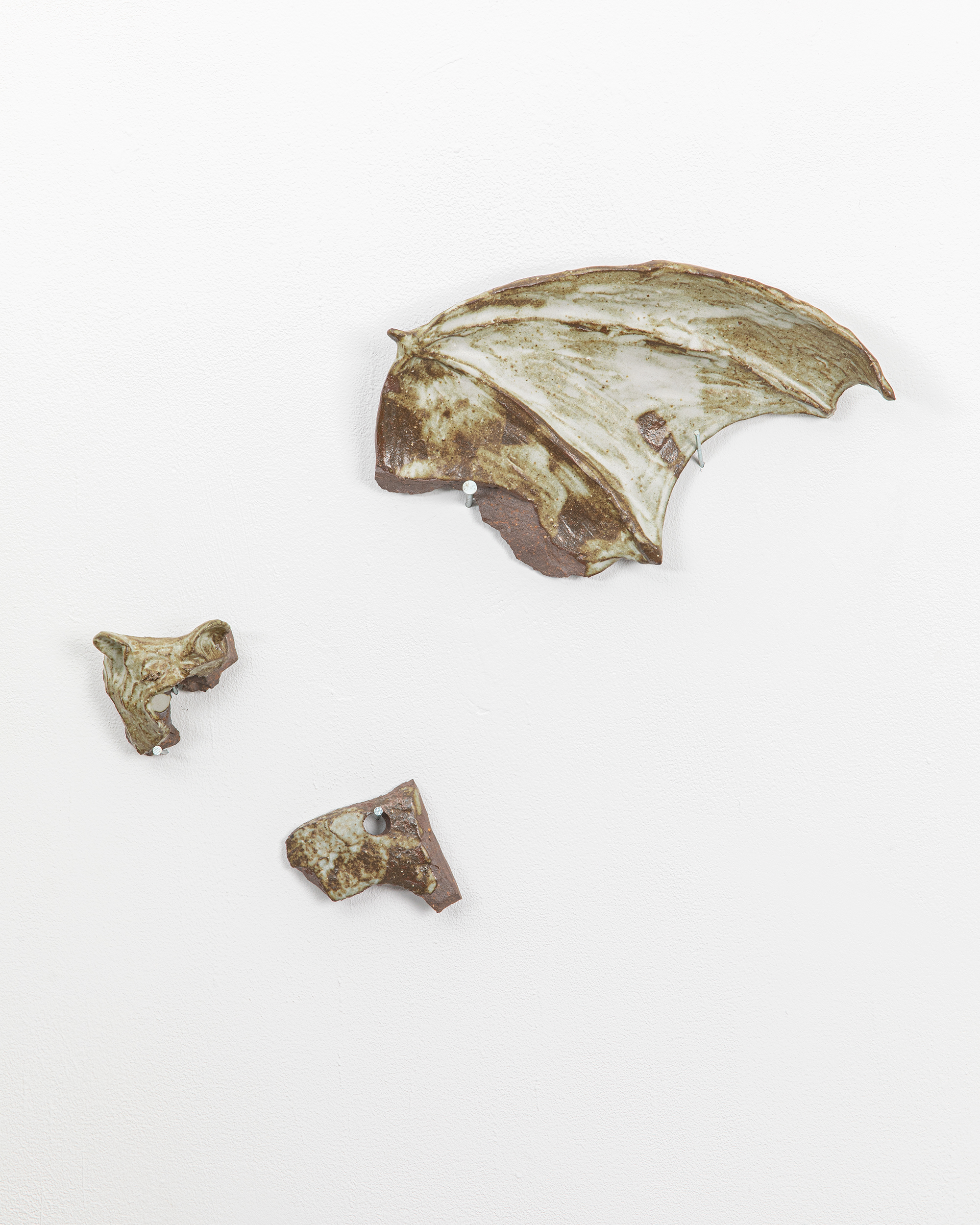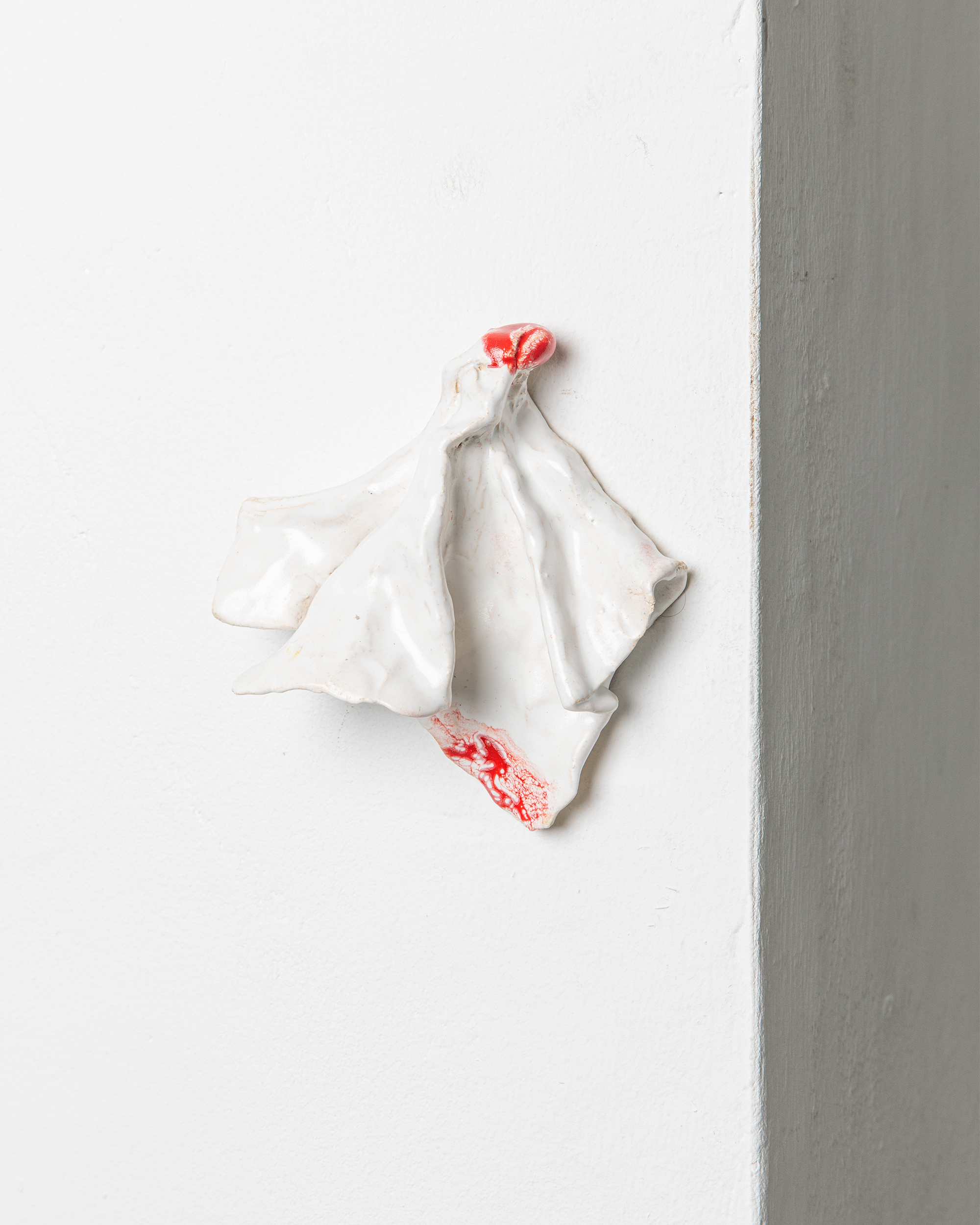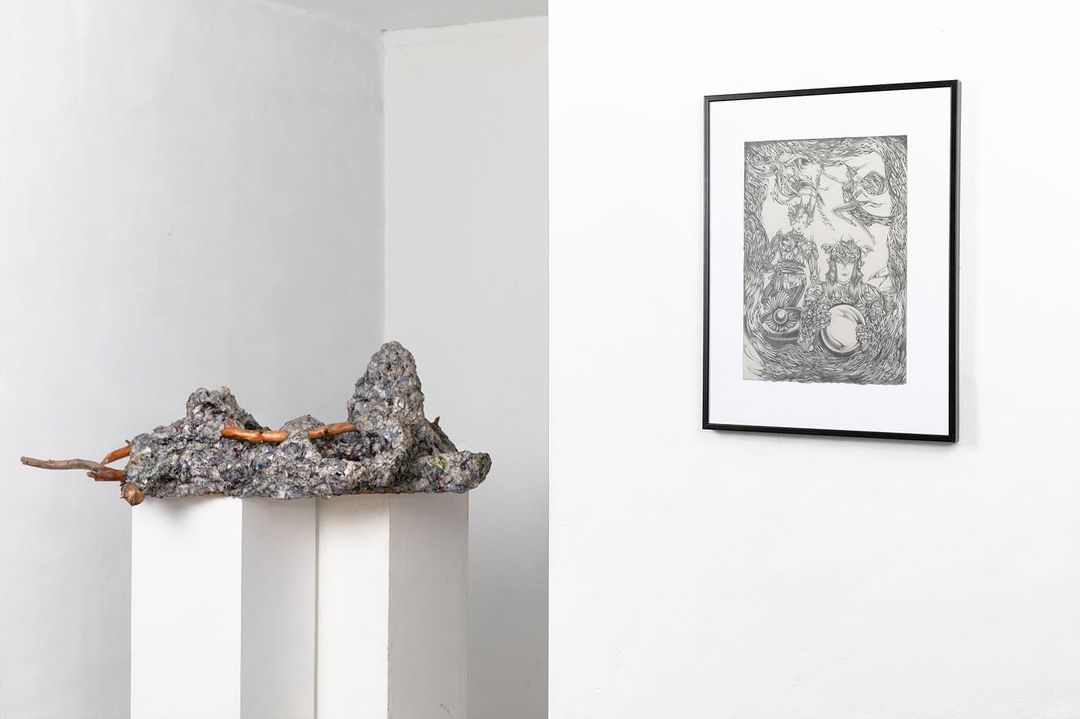
Katya Quel Elizarova
Ikonostasis of Hypocrisy
19 December —
19 February
@ Haimney
Trafalgar 70
08010 Barcelona
with works of
Kristina Bekker
Pierre Clement
Don Elektro
Lucas Hadjam
Sargon Khinoev
Julien Marmar
Sarah Montet
Anna Nezhnaya
Baptiste Pérotin
Sequoia Scavullo
Lisa Signorini
Masha Silchenko
IKONOSTASIS
In Eastern Christianity, an iconostasis ( Greek εἰκονοστάσι(-ον) (eikonostási(-on) is a wall of icons and religious paintings, separating the nave from the sanctuary in a church. The iconostasis is a part of the complex sacred internal structure of the Orthodox Church and rises almost to the ceiling.
The function of the iconostasis is to divide the altar, the Holy of Holies where the Eucharist is performed – the manifestation of the New Covenant – from the majority of the church, accessible to believers. In the Eastern Orthodox tradition only men can enter the altar portion behind the iconostasis.
The iconostasis typically has three openings or sets of doors: the Beautiful Gates or Holy
Doors in the center and the side doors called Angels' Doors, and the Archangels Michael and Gabriel are often depicted there. The South Door is typically the "entrance" door, and Michael is depicted there because he is the "Defender"; the North Door is the "exit", and Gabriel is depicted here because he is the "Messenger" of God.
A number of guidelines or rubrics govern which icons are on which parts of the iconostasis, although there is some room for variation. The bottom tier is sometimes called Sovereign. On the right side of the Beautiful Gates (from the nave facing forward) is an icon of Christ (often Pantokrator), which symbolized his Second Coming and on the left side is an icon of the Theotokos (Virgin Mary), symbolizing Christ's Incarnation, and entrance into this world. Therefore, all things take place between Christ's first and second coming. Above this are two interchangeable tiers: the Deisis and the Twelve Great Feasts. In the center of the Deisis is a large icon of Christ Enthroned surrounded by saints. The Feasts tier contains icons of the twelve Great Feasts of the liturgical year. It is also common to find an icon of the Mystical Supper, which depicts the Last Supper, and by extension the Communion of Saints in the Kingdom of God, somewhere above the Beautiful Gates.
![]()
![]()
![]()
![]()
![]()
![]()
![]()
![]()
![]()
![]()
![]()
In Eastern Christianity, an iconostasis ( Greek εἰκονοστάσι(-ον) (eikonostási(-on) is a wall of icons and religious paintings, separating the nave from the sanctuary in a church. The iconostasis is a part of the complex sacred internal structure of the Orthodox Church and rises almost to the ceiling.
The function of the iconostasis is to divide the altar, the Holy of Holies where the Eucharist is performed – the manifestation of the New Covenant – from the majority of the church, accessible to believers. In the Eastern Orthodox tradition only men can enter the altar portion behind the iconostasis.
The iconostasis typically has three openings or sets of doors: the Beautiful Gates or Holy
Doors in the center and the side doors called Angels' Doors, and the Archangels Michael and Gabriel are often depicted there. The South Door is typically the "entrance" door, and Michael is depicted there because he is the "Defender"; the North Door is the "exit", and Gabriel is depicted here because he is the "Messenger" of God.
A number of guidelines or rubrics govern which icons are on which parts of the iconostasis, although there is some room for variation. The bottom tier is sometimes called Sovereign. On the right side of the Beautiful Gates (from the nave facing forward) is an icon of Christ (often Pantokrator), which symbolized his Second Coming and on the left side is an icon of the Theotokos (Virgin Mary), symbolizing Christ's Incarnation, and entrance into this world. Therefore, all things take place between Christ's first and second coming. Above this are two interchangeable tiers: the Deisis and the Twelve Great Feasts. In the center of the Deisis is a large icon of Christ Enthroned surrounded by saints. The Feasts tier contains icons of the twelve Great Feasts of the liturgical year. It is also common to find an icon of the Mystical Supper, which depicts the Last Supper, and by extension the Communion of Saints in the Kingdom of God, somewhere above the Beautiful Gates.



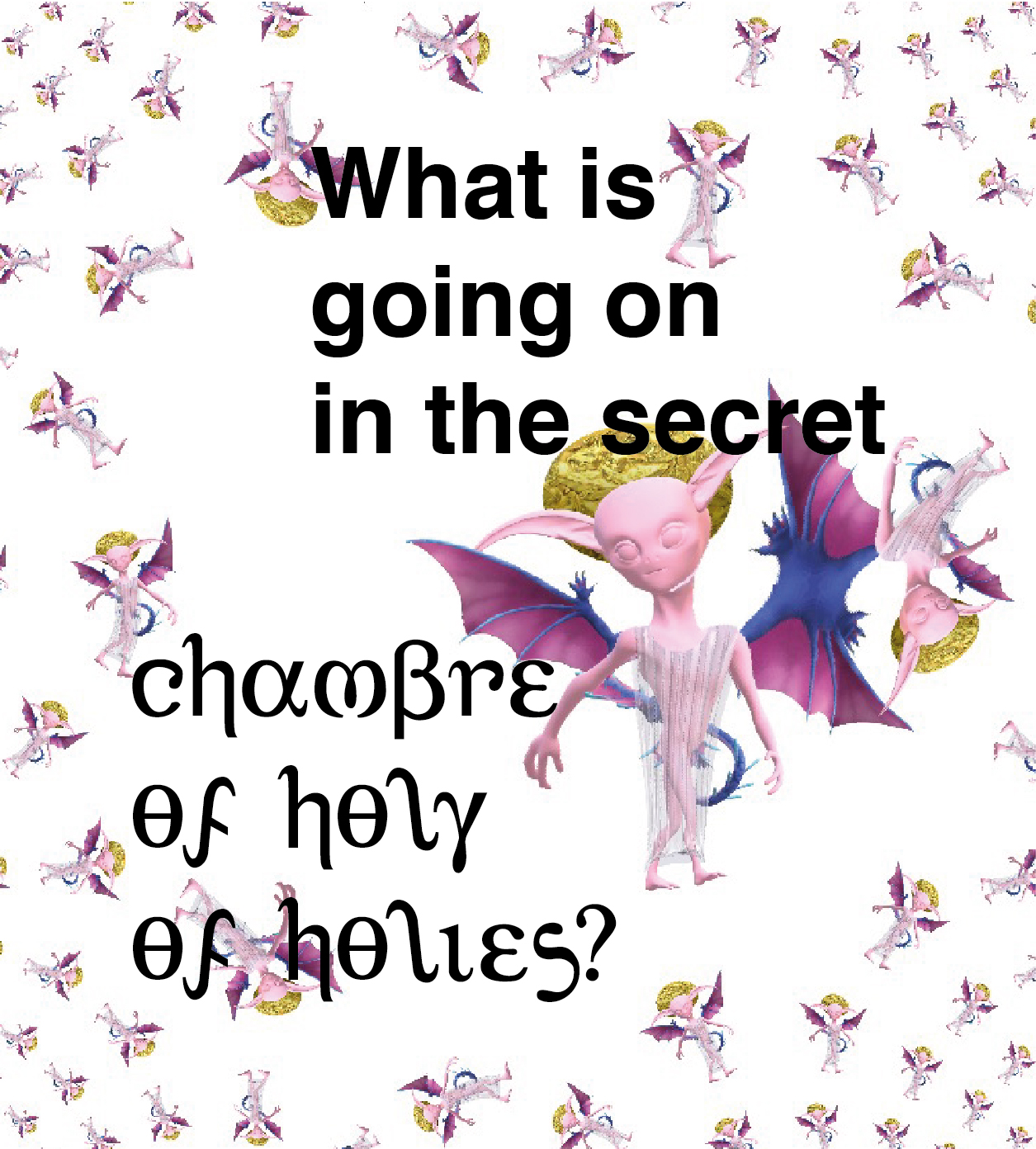

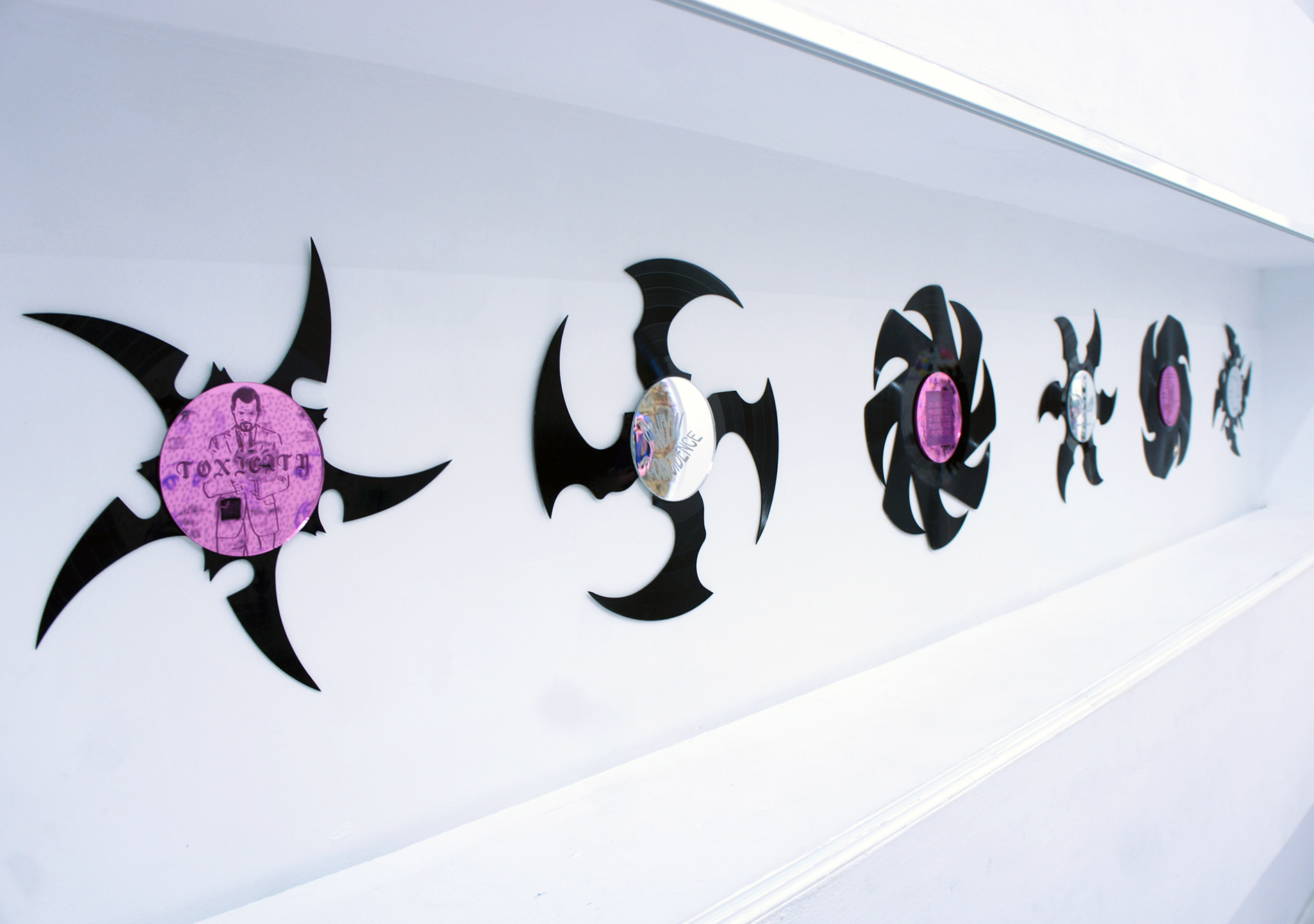

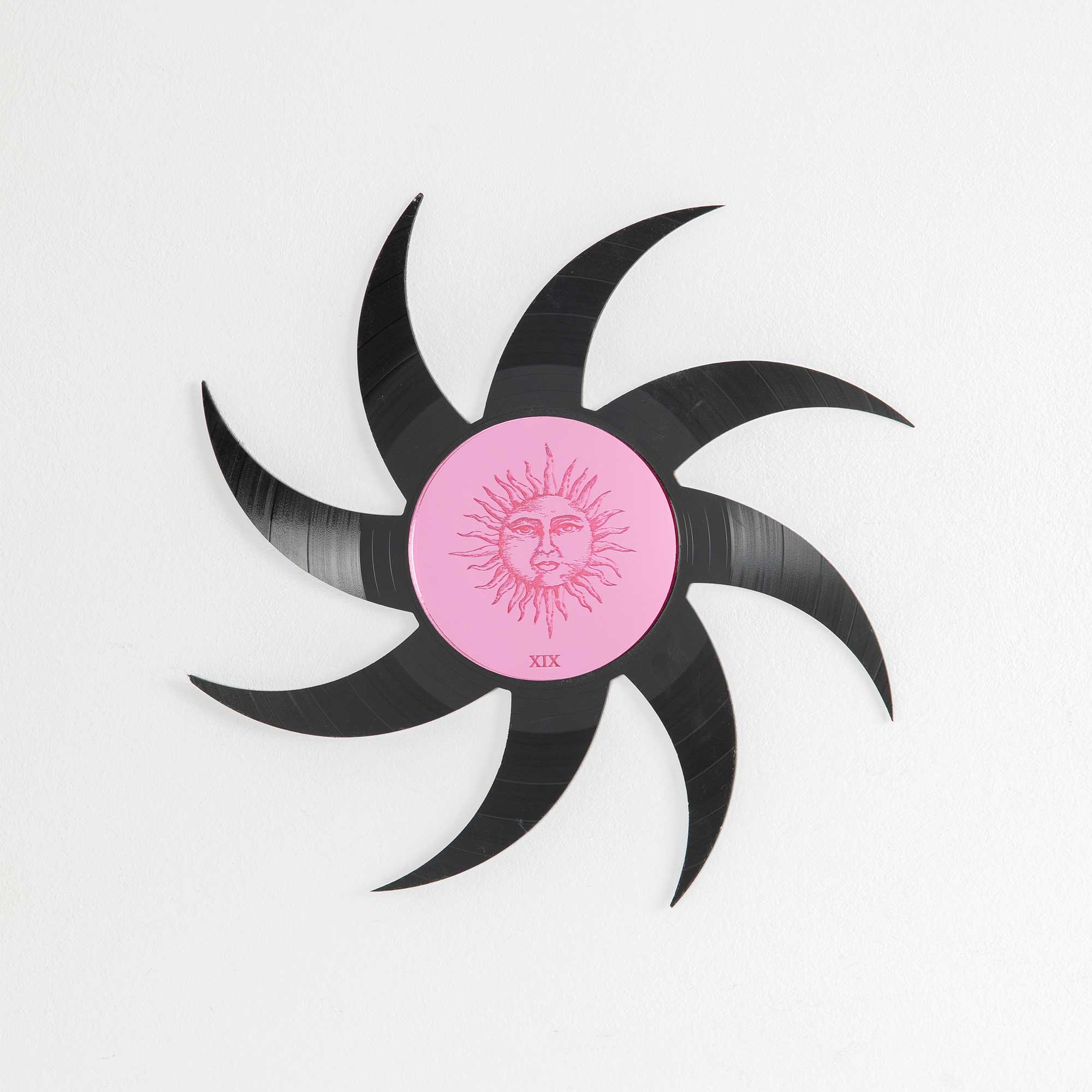

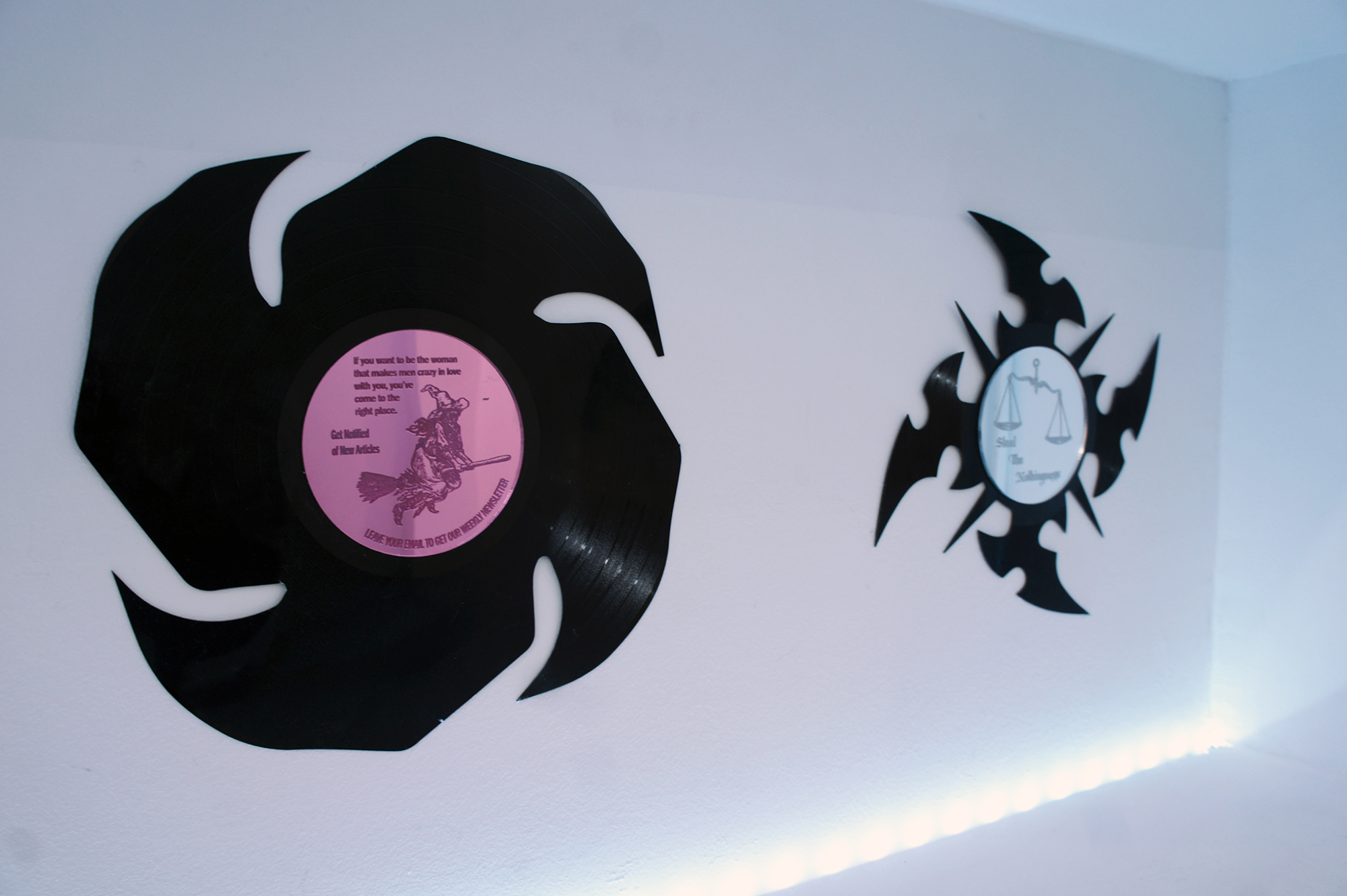

HYPOCRISY
The word hypocrisy comes from the Greek ὑπόκρισις (hypokrisis), which means "jealous", "play-acting", "acting out", "coward" or "dissembling". Hypokrisis applied to any sort of public performance. By later became an assumption of a counterfeit persona, that gives the modern word hypocrisy its negative connotation.
Hypocrisy is the practice of engaging in the same behavior or activity for which one criticizes another. In moral psychology, it is the failure to follow one's own expressed moral rules and principles. According to British political philosopher David Runciman, "Other kinds of hypocritical deception include claims to knowledge that one lacks, claims to a consistency that one cannot sustain, claims to a loyalty that one does not possess, claims to an identity that one does not hold". American political journalist Michael Gerson says that political hypocrisy is "the conscious use of a mask to fool the public and gain political benefit".
Two Greek words intertwine and resonate with each other. Their function is also beginning to seem similar. The iconostasis is only a facade, but you do not know what is hidden behind it, this is the holy of holies, where entry is prohibited. Hypocrisy is a mask that each of us wears to one degree or another, but what is hidden inside is the holy of holies, not everyone can fully reveal themselves, even for loved ones.
Hypocrisy has grown into a global culture these days thanks to social media and the capitalist order. The personas on social networks do not correspond to real life. Photos of the gorgeous dolce vita are made for the public only. Influencers, celebrities and politicians have elevated hypocrisy to the norm.
In fact, technology already allows us to completely create our imaginary image online and live the virtual life of our avatar. The philosophical, ethical and moral aspect of such a life becomes the subject of discussion.
Katya: "In Christianity, hypocrisy is a sin of double-mindedness, a spiritual disease of the human soul, subject to confession. In the biblical New Testament it is written about hypocrisy: A person who does something with the intention that people can see (see Matt. 6: 1). Consequently, I am a sinner and a hypocrite already from the fact that I do exhibitions. And I love social media. And I love filters on Instagram. Since I have lived since childhood with a constant feeling of guilt because of my Christian upbringing in opposition to a rebellious character, I do not take responsibility for criticizing hypocrisy. I'm interested in discussion and observation of current states of reality. Through art, I actually want to show my inner world and the world of my dreams. So I am of the opinion that hypocrisy is appropriate or desirable for certain valuable pursuits. Politeness is sometimes hypocrisy. Any way to draw public attention to something requires some degree of
hypocrisy. The very concept of beauty, in my opinion, is sheer hypocrisy. The essence of the process of contemporary art for me is to reveal hypocrisy, to open access through a beautiful gate, to what is hidden from us."
![]()
![]()
![]()
![]()
![]()
![]()
![]()
The word hypocrisy comes from the Greek ὑπόκρισις (hypokrisis), which means "jealous", "play-acting", "acting out", "coward" or "dissembling". Hypokrisis applied to any sort of public performance. By later became an assumption of a counterfeit persona, that gives the modern word hypocrisy its negative connotation.
Hypocrisy is the practice of engaging in the same behavior or activity for which one criticizes another. In moral psychology, it is the failure to follow one's own expressed moral rules and principles. According to British political philosopher David Runciman, "Other kinds of hypocritical deception include claims to knowledge that one lacks, claims to a consistency that one cannot sustain, claims to a loyalty that one does not possess, claims to an identity that one does not hold". American political journalist Michael Gerson says that political hypocrisy is "the conscious use of a mask to fool the public and gain political benefit".
Two Greek words intertwine and resonate with each other. Their function is also beginning to seem similar. The iconostasis is only a facade, but you do not know what is hidden behind it, this is the holy of holies, where entry is prohibited. Hypocrisy is a mask that each of us wears to one degree or another, but what is hidden inside is the holy of holies, not everyone can fully reveal themselves, even for loved ones.
Hypocrisy has grown into a global culture these days thanks to social media and the capitalist order. The personas on social networks do not correspond to real life. Photos of the gorgeous dolce vita are made for the public only. Influencers, celebrities and politicians have elevated hypocrisy to the norm.
In fact, technology already allows us to completely create our imaginary image online and live the virtual life of our avatar. The philosophical, ethical and moral aspect of such a life becomes the subject of discussion.
Katya: "In Christianity, hypocrisy is a sin of double-mindedness, a spiritual disease of the human soul, subject to confession. In the biblical New Testament it is written about hypocrisy: A person who does something with the intention that people can see (see Matt. 6: 1). Consequently, I am a sinner and a hypocrite already from the fact that I do exhibitions. And I love social media. And I love filters on Instagram. Since I have lived since childhood with a constant feeling of guilt because of my Christian upbringing in opposition to a rebellious character, I do not take responsibility for criticizing hypocrisy. I'm interested in discussion and observation of current states of reality. Through art, I actually want to show my inner world and the world of my dreams. So I am of the opinion that hypocrisy is appropriate or desirable for certain valuable pursuits. Politeness is sometimes hypocrisy. Any way to draw public attention to something requires some degree of
hypocrisy. The very concept of beauty, in my opinion, is sheer hypocrisy. The essence of the process of contemporary art for me is to reveal hypocrisy, to open access through a beautiful gate, to what is hidden from us."



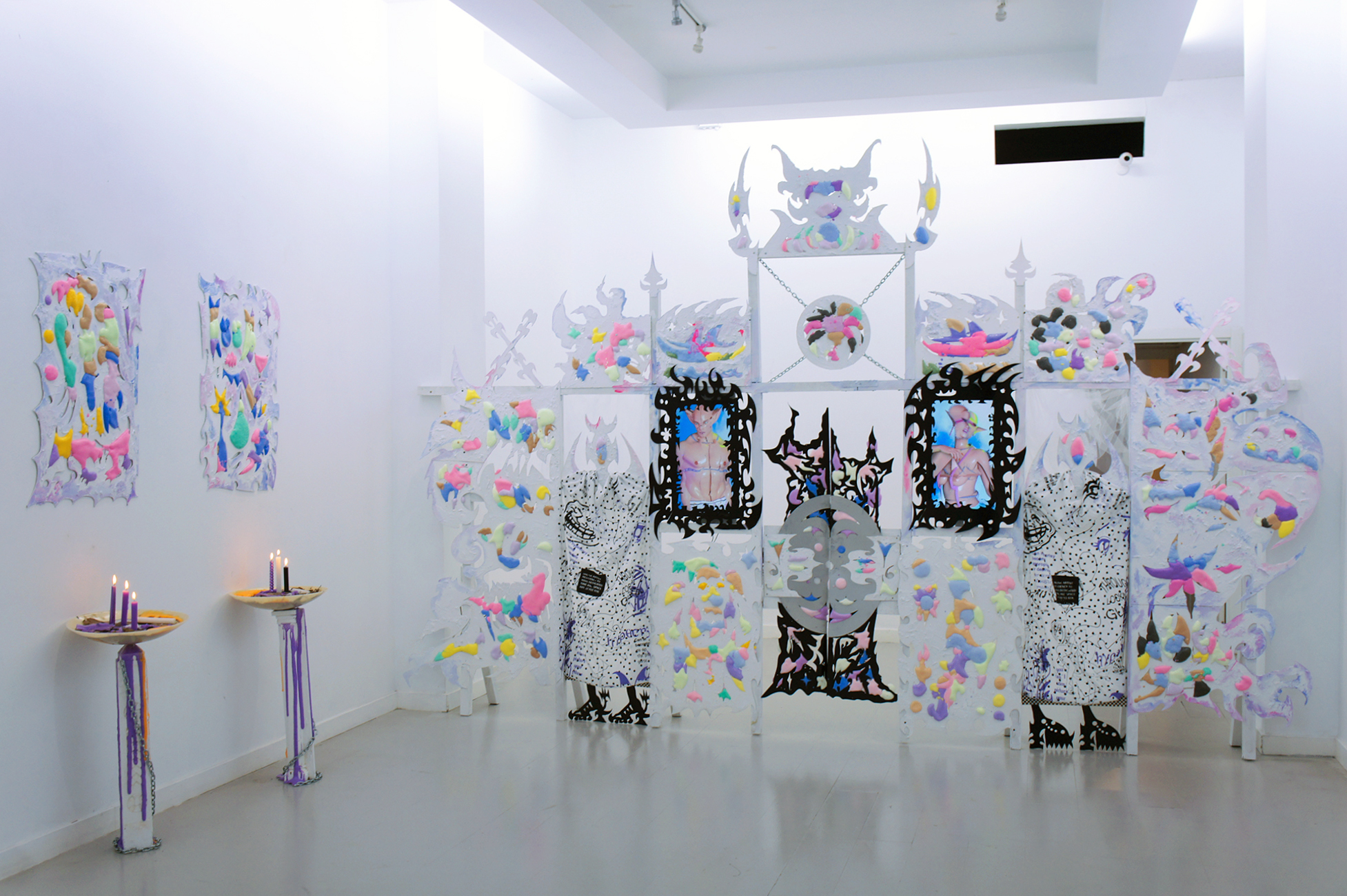
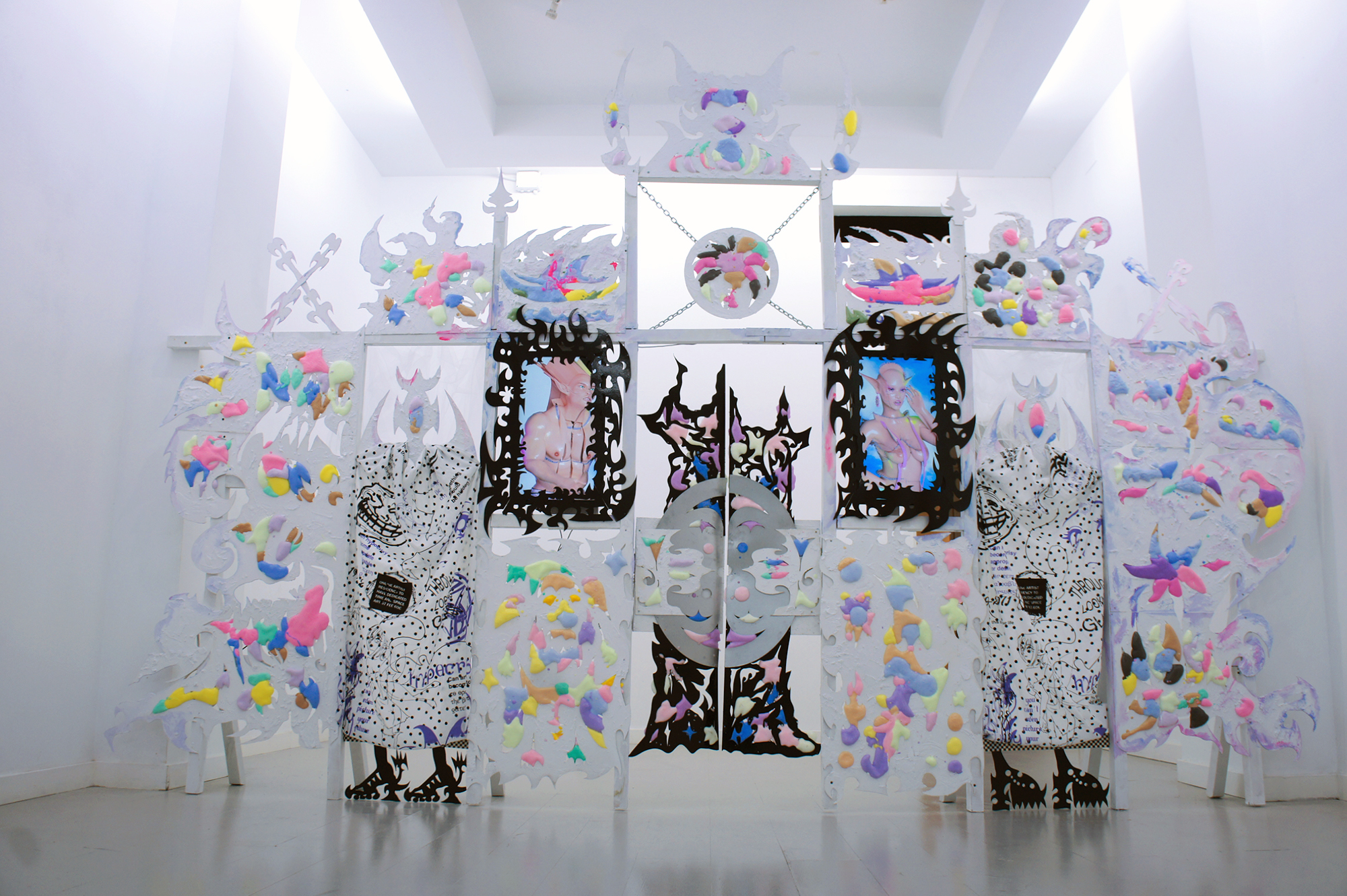
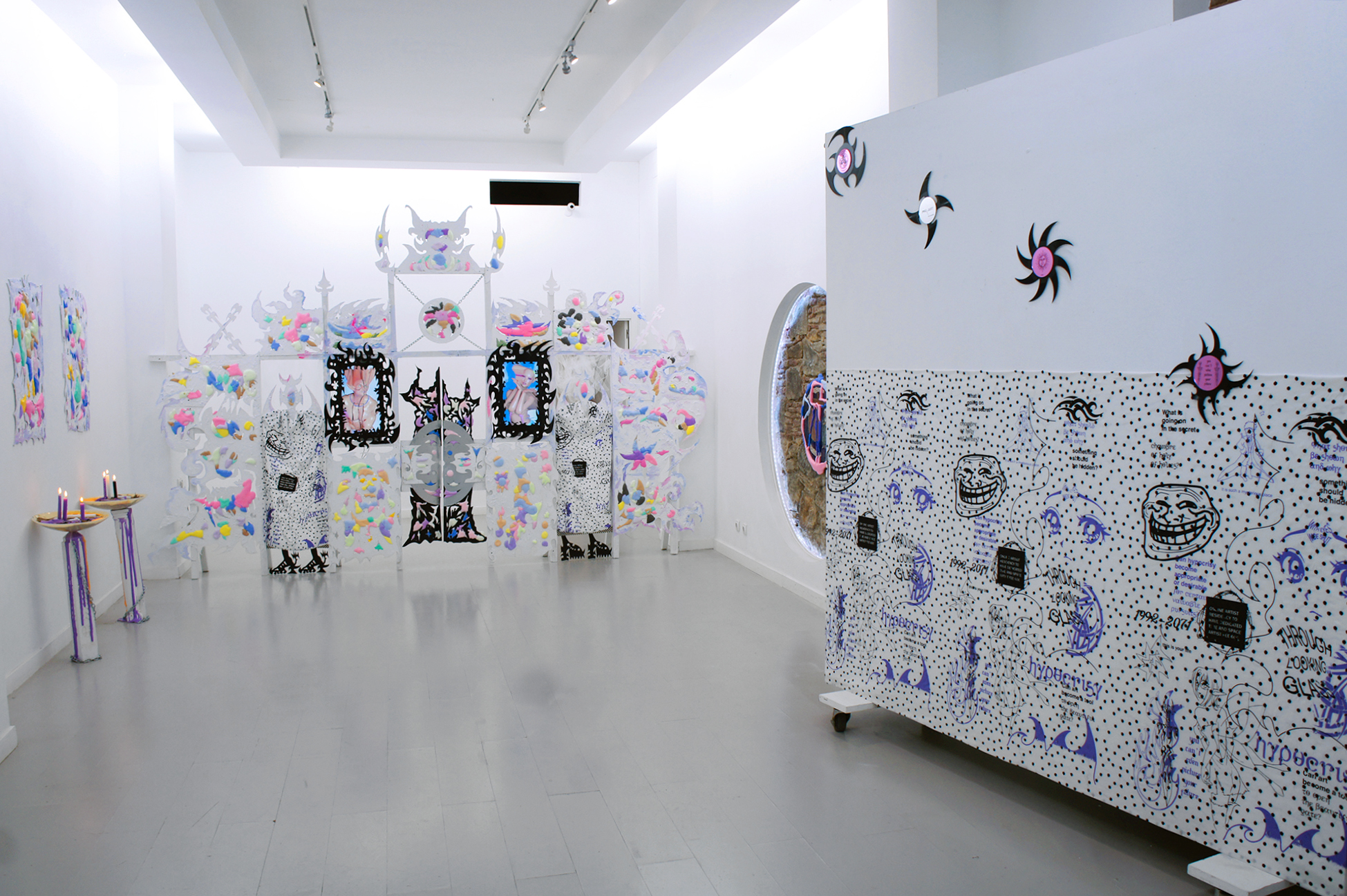
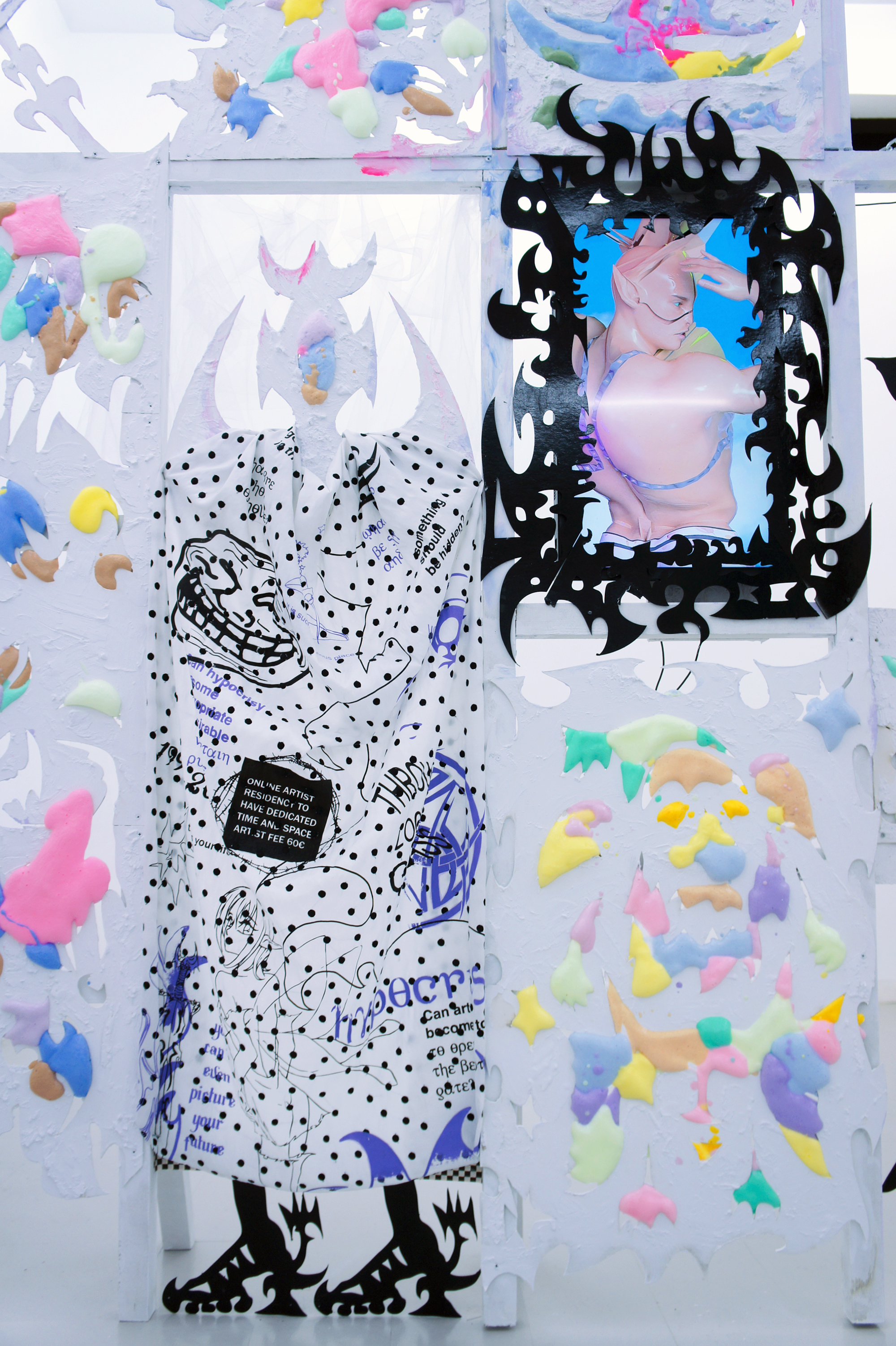
Building the ikonostasis the artist reflects on her uprising in a russian orthodox environment. Religious postulates are sealed deep in the subcortex of the brain and frighten with their presence at the unconscious level.
Katya: "The canons and rules that they tried to impose in the church have always seemed unfair to me. Why can't women get behind the iconostasis? Why should a woman be subordinate? Why does the church bathe in golden decorations, while the priest calls for abandoning all earthly goods? Their dark voices and gloomy chants inspired me with fear and I looked for a distraction in my imaginary world. I avidly read fantasy books and in my sleep I hung out with elves and gnomes and traveled in spaceships across the galaxy. These years apparently became the basis for the structure of my artistic personality."
![]()
![]()
![]()
![]()
![]()
![]()
![]()
![]()
Katya: "The canons and rules that they tried to impose in the church have always seemed unfair to me. Why can't women get behind the iconostasis? Why should a woman be subordinate? Why does the church bathe in golden decorations, while the priest calls for abandoning all earthly goods? Their dark voices and gloomy chants inspired me with fear and I looked for a distraction in my imaginary world. I avidly read fantasy books and in my sleep I hung out with elves and gnomes and traveled in spaceships across the galaxy. These years apparently became the basis for the structure of my artistic personality."




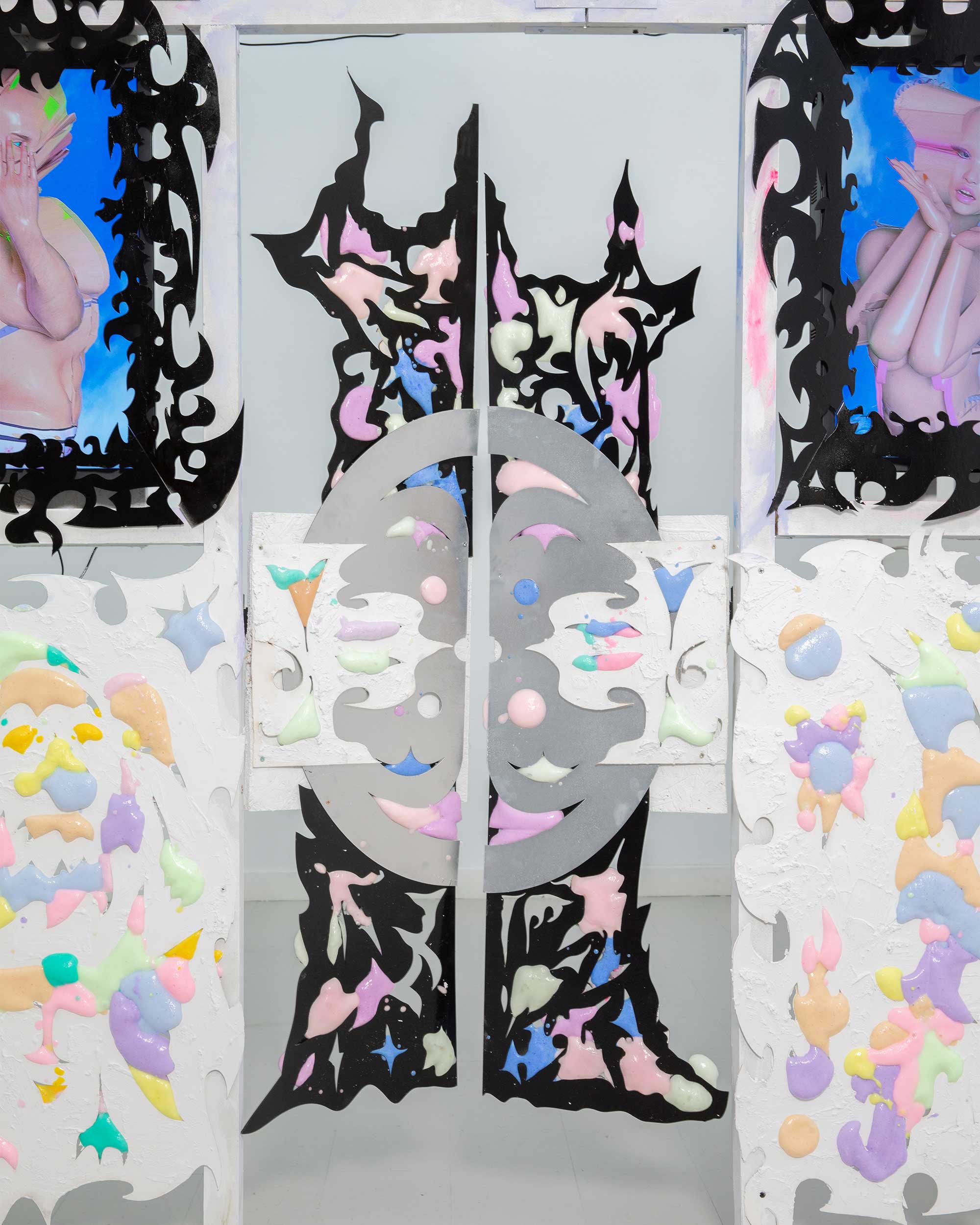

While in the main room we have an installation depicting the modern look of the church of hypocrisy in Katya's improvisation, further the exposition takes us to the mysterious secret chamber of the Holy of Holies, where artists of the same spirit express their idea of what lies behind the hypocrisy with personal, public or a philosophical point of view.
![]()
![]()
![]()
![]()
![]()
![]()
![]()
![]()
![]()
![]()
![]()
![]()
![]()
![]()
![]()

